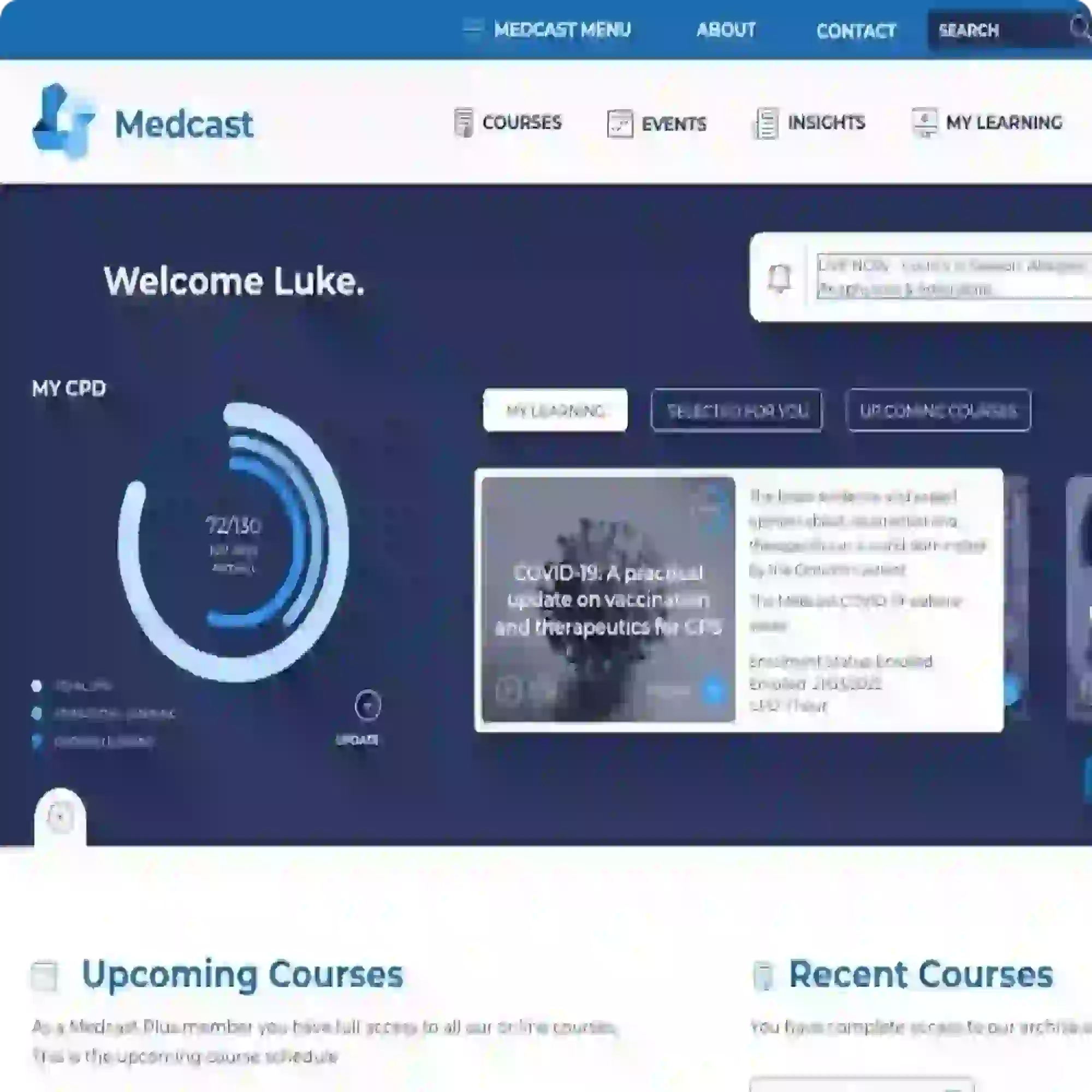Making the most of consultations with male patients
By most measures, the health of Australian males is poorer than the health of females:
-
“In 2024, after adjusting for different age structures, males experienced 1.2 times the rate of total burden [of disease] and 1.6 times the rate of fatal burden of females” - Australian Institute of Health and Welfare (AIHW)
-
“In Australia, a male born in 2021–2023 can expect to live to 81.1 years and a female to 85.1 years” - Australian Bureau of Statistics
-
“For males born in 2024 (the most recent estimates), HALE [years of life expected in good health] was 71.7 years and for females it was 73.8 years” - AIHW
Men’s relative health disadvantage is due to a variety of factors, including:
-
Their biology
-
Their behaviour
-
Socioeconomic factors
-
Use of health services
Medicare-subsidised GP, allied health and specialist health care across local areas services fewer male than female patients, provides fewer services to males than females, and has lower overall and per-patient billings for male patients than females (AIHW data).
To “strengthen the capacity of the health system to provide quality care for all men and boys” is one of 3 strategic objectives of the Australian National Men’s Health Strategy 2020-2030, with 3 identified ‘action areas’ for its achievement:
-
Improve the knowledge and capability of the health workforce to deliver holistic male-centred services across the life course
-
Engage with men and boys to identify and reduce barriers to health system access
-
Proactively engage men and boys in prevention and early detection activities
This webinar draws on decades of experience and presents new perspectives on providing health care services to Australian men.
What our previous participants said about the course:
"The course was highly relevant and immediately applicable to my clinical practice, offering evidence-based strategies for improving engagement and outcomes with male patients. The presenters were knowledgeable and the content was clearly delivered. I am committed to professional development and enhancing patient care, so I appreciate practical education like this that I can use right away"
"The quality of the material and its presentation. The material was general enough to easily engage with and the resources are important and will be great to read as a followup to the webinar"
"It provided clear, evidence-based strategies for engaging male patients and practical tools I can apply immediately in my consultations. The content was current and highly relevant. Presenters were knowledgeable and interactive, making complex topics accessible"
This is a Medcast Continuing Medical Education (CME) course.
This course is formally accredited with RACGP and ACRRM.
RACGP Activity ID: 1294207
ACCRM Activity ID: 37266
Recorded Webinar
Duration: 1 HR CPD
Educational Activities: 1 hours
Program Level Requirements: Health Inequities
Areas Of Interest: Men's health
Medical Practitioners
Or follow us on social media
All your CPD in one easy membership.
From $35/month
- All your CPD
- 100+ hours of premium courses
- Exclusive content


